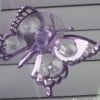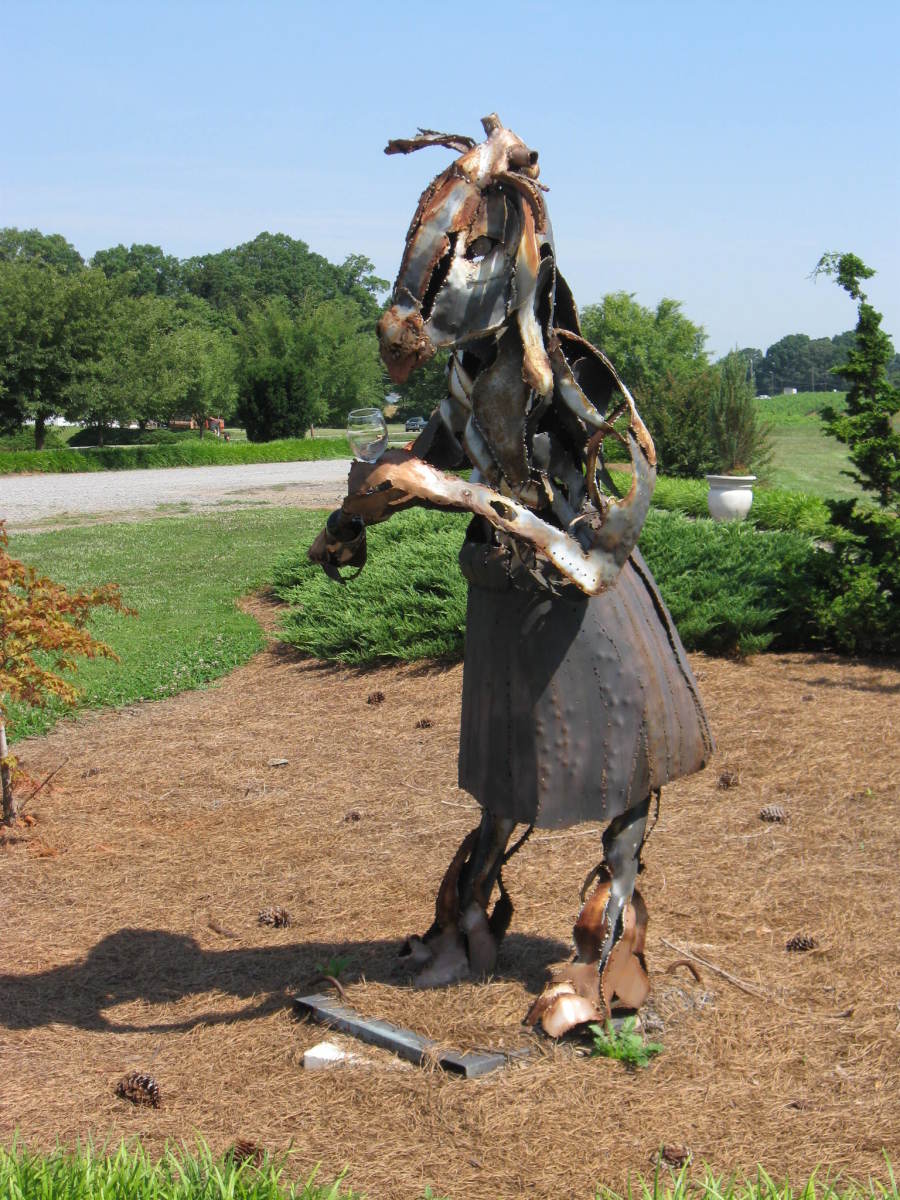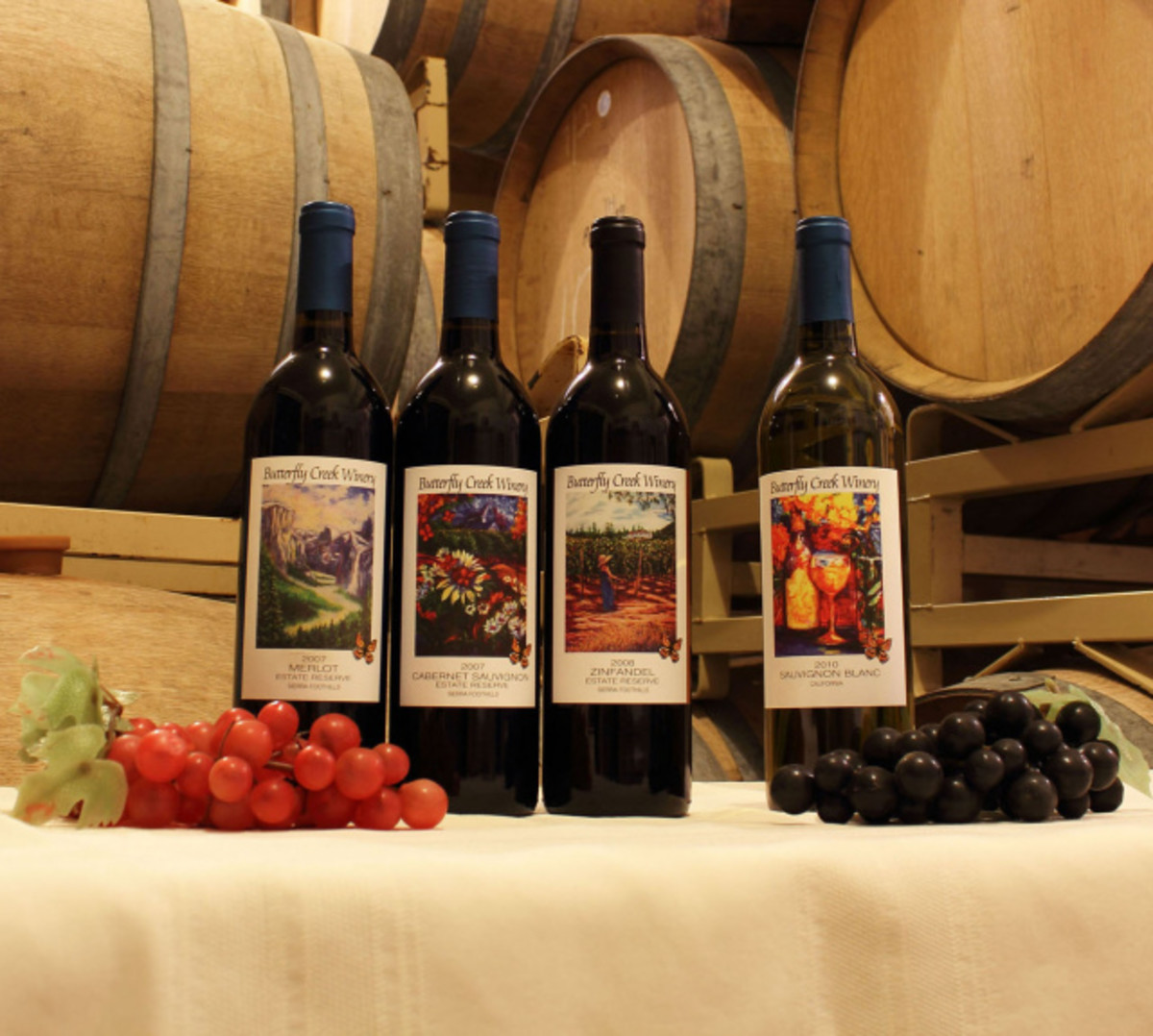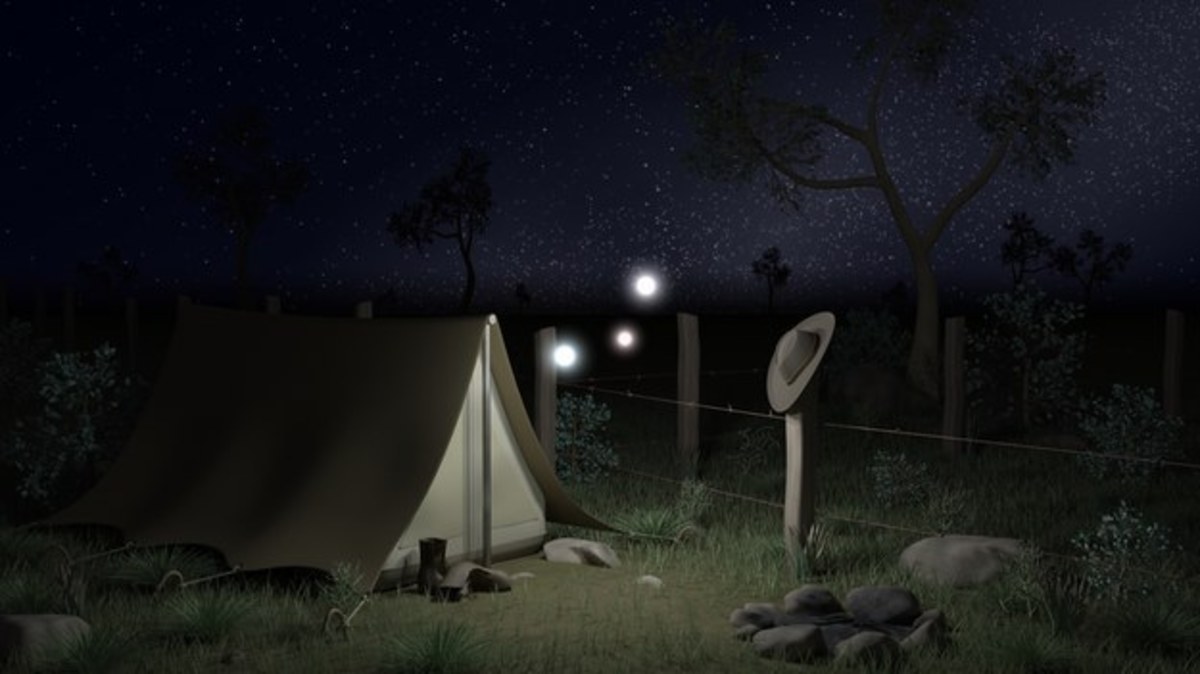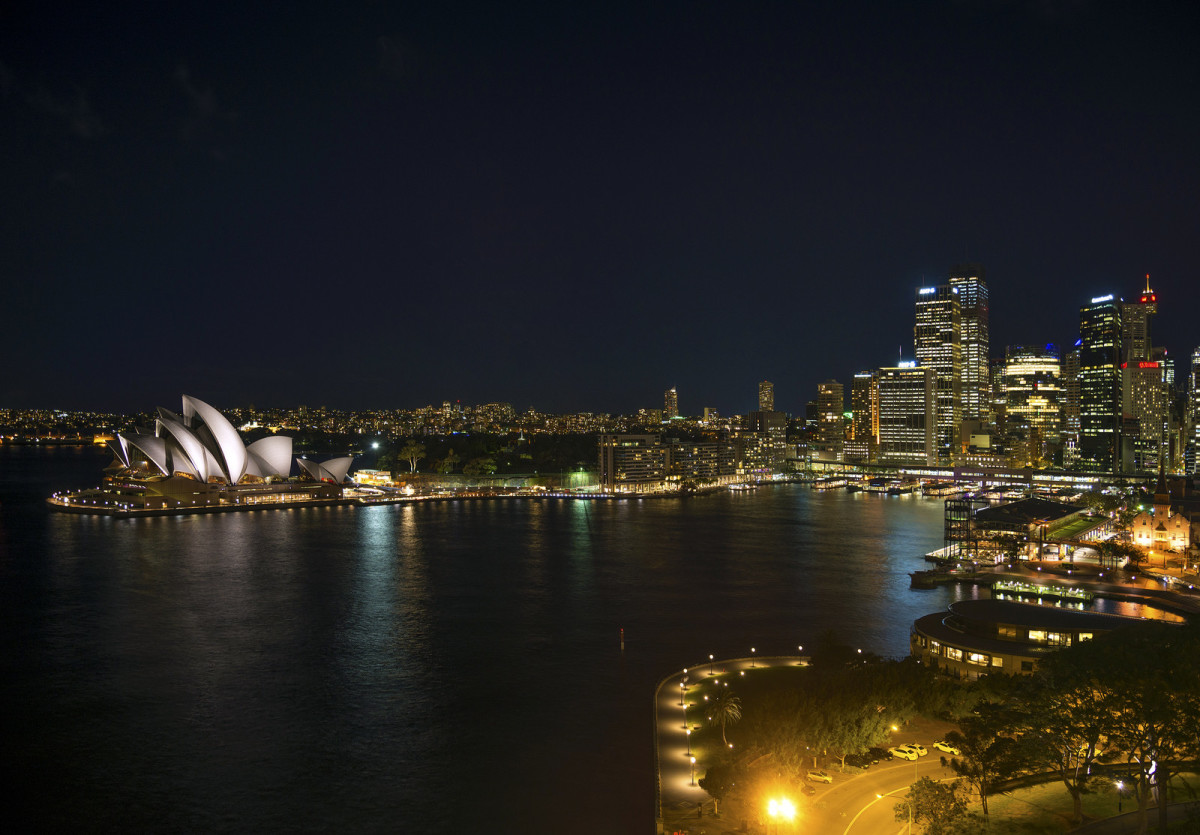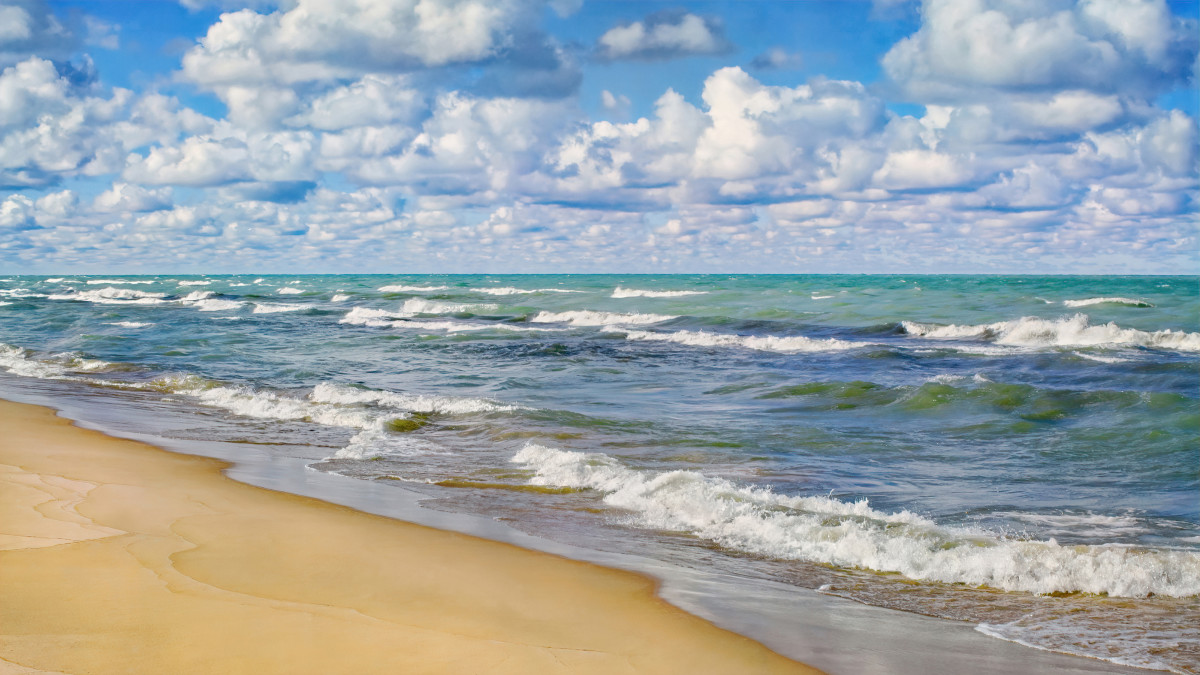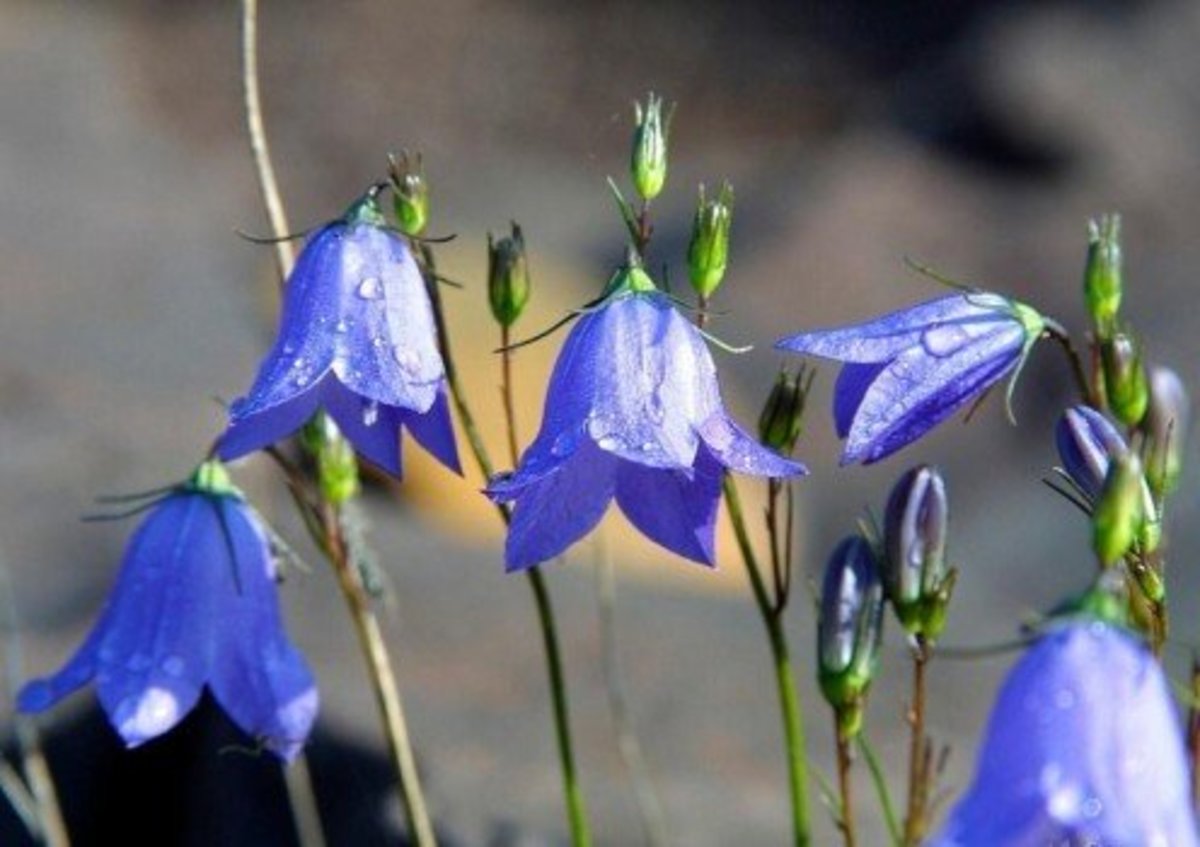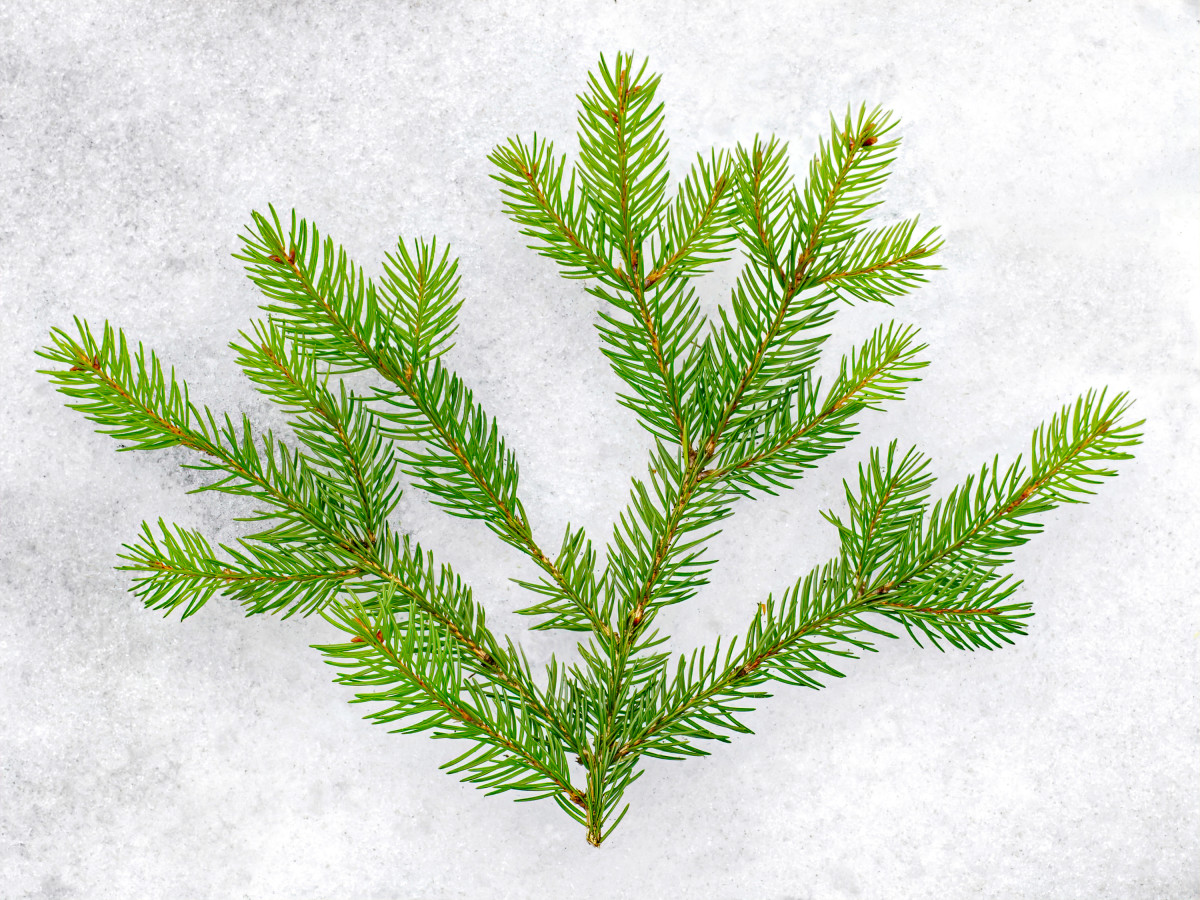Pioneer Winemakers of South Australia
When Richard Hamilton, John Reynell, Doctor Christopher Penfold, Joseph Seppelt, Johann Gramp and other pioneer settlers of South Australia arrived in the colony, they had little knowledge of viticulture and no particular desire to become vintners. Their first consideration was to secure a small farm, build a shelter for their wives and families and work the land.
None of the now famous early settlers could have foreseen the heights to which they would take Australia's reputation as a wine-producing country or the enormous contribution they and their descendants would make to the wine industry, the State and the nation.
From those early cuttings brought from Europe, South Africa and South America, the vineyards of South Australia now produce more than half of Australia's wine and at least 80 per cent of its brandy.
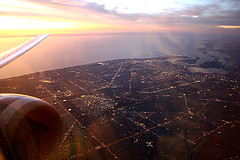
Vineyards on Adelaide's Doorstep
In the early years of the colony, many vineyards were planted to the north and south of Adelaide in areas where homes and factories now stand. A few veteran vineyards survive in what may be called the Adelaide suburbs, although these are gravely threatened by the relentless tide of encroaching suburbia.
The more important vineyards are to the east and south of the city, on what was once called the Adelaide Plain, and at the foothills of the Mount Lofty Range. However, no trace remains of the early vines planted at North Adelaide by J. B. Hack in 1837 and George Stevenson in 1838.
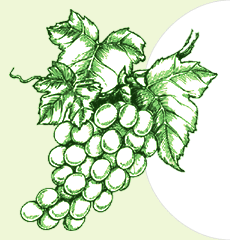
The first large commercial planting was that of A. H. Davis who obtained cuttings from the Busby collection in the Hunter Valley of New South Wales, and established a vineyard in the Reedbeds - now Underdale - a western suburb of Adelaide, between 1838 and 1840. This vineyard has long since disappeared.
A vineyard in the Adelaide Hills was planted in 1848 by John Edward Peake, who was the first to import direct from Spain the Palomino, Pedro Ximenez, Doradillo, Temprana and Mollar Negro grapes -- which have been grown in South Australia ever since. It is also known that Dr. R. M. Schonburgh, a Director of the Adelaide Botanical Gardens, planted a small vineyard in 1857 at Buchfelde - now called Loos - west of Gawler on the Para River. He introduced the sultana grape to South Australia, little knowing that a hundred years later it would be more widely grown than any other grape, but for dried fruit rather than wine.
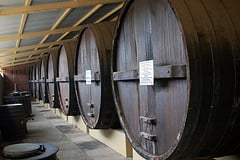
The First Vintner
It is uncertain who actually planted South Australia's first grape vines -- although it is known that a number of the early settlers planted vines long before some of the more recognised wine pioneers.
The Reynella Vineyards and Hamilton's Ewell Vineyards are the oldest surviving vineyards of South Australia. However, it cannot be verified whether it was Richard Hamilton or John Reynell who made the first cask of wine. The two companies that own the vineyards today are still disputing the matter, although in a good-humoured and friendly way.
In his book, The Descendants of the Pioneer Winemakes of South Australia, author Walter Bagenal, favors the Reynell's claim - as do other publications. On the other hand, the Hamilton's are able to produce evidence which refutes this claim.
They point out that the official archives of South Australia record that Richard Hamilton arrived in South Australia in the Catherine Stewart Forbes on 17 October 1837 and planted vines later that same year, but that John Reynell did not arrive in the colony until almost a year later.
More information
- Hamilton\'s Ewell Vineyard - South Australia
First established in 1837. A grape purchasing opportunity from. Limestone Quarry Vineyard Wrattonbully. Welcome to Hamilton's Ewell Vineyards ... - History
A brief history of Richard Hamilton. - John Reynell - Wikipedia, the free encyclopedia
John Reynell (1809 - 1873) was a South Australian winemaker. Reynell was born in 1809 from a Devonshire farming family. ...
Doctor Christopher Penfold
One of Australia's most famous winemaking pioneers was Doctor Christopher Rawson Penfold. Originally from Sussex, and a general practitioner in Brighton before he immigrated to South Australia, his arrival on the ship Taglioni was duly reported in the Adelaide Register of 8 August 1844.
The editorial comment of the day welcomed Doctor Penfold, and informed its readers that the good medico was the 'fortunate purchaser of the delightfully situated and truly valuable Estate of Magill at the sum of £1200.'
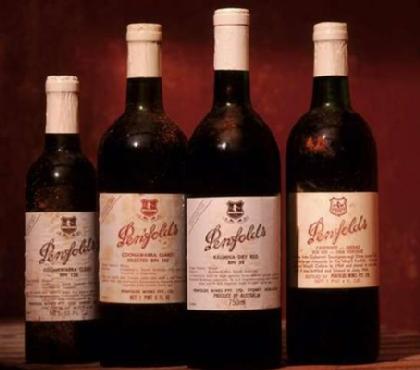
A great believer in the therapeutic properties of wine, especially for patients suffering from anaemia, Penfold planted a small vineyard soon after building a house for his wife Mary and infant daughter Georgina. This original house, The Grange, still stands today, and has been lovingly restored and maintained by successive generations of the family.
Penfold eventually gave up his medical practice to devote himself entirely to the production of wine. When he died in 1870, his wife Mary, in partnership with son-in-law Thomas Francis Hyland, carried on his work. An important member of the Penfold household was Ellen Timbrell who was Mary's maid, Georgina's nurse and Doctor Penfold's able assistant winemaker.
More information
- Penfold, Christopher Rawson (1811 - 1870) Biographical Entry - Australian Dictionary of Biography On
Penfold, Christopher Rawson (1811 - 1870) Biographical Entry - The Australian Dictionary of Biography Online, or ADB Online, is a biographical dictionary featuring concise, informative and fascinating descriptions of prominent Australian men and wome - Penfolds
Offers a range of wines, tours and wine tastings at the historic Magill Estate.

German Immigrants
Chairman of the South Australian Company and one of Adelaide's founding fathers, George Fife Angas, was a canny Northumbrian merchant banker and large landholder who cleverly instigated his own migration scheme.
When Lutherans became the victims of religious persecution in Germany under King William III of Prussia, Angas shrewdly saw in these Germans the ideal migrant. They were hard-working, clean-living and resistant to tyranny. Their eventual contribution to the development of South Australia's wine industry has been immeasurable.
Angas invested his own money to bring out the first group of these refugee settlers. They arrived in 1838 in the ship Prince George, under the guidance of Pastor Augustine Kavel, and settled on some of Angas's land by the Torrens River. They named their village Klemzig, after their Prussian home. Many hundreds of their countrymen followed them to South Australia and distinct German hamlets like Hahndorf and Lobethal sprung up in rural areas.
More information
- George Fife Angas South Australian History
George Fife Angas, one of the most important people associated with the foundation of South Australia, and a lifelong supporter of the colony, ...
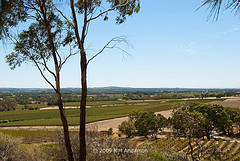
First in Barossa Valley
Many factors combined to make the Barossa Valley South Australia's wine headquarters, but the two dominant ones were the influx of Silesian migrants and the absence of the dreaded phylloxera.
The first man to plant vines in the Barossa Valley was Johann Gramp, a Bavarian youth who came from Eichig near Kulmbach. He arrived in the sailing ship Solway by way of South America, Cape Town and Kangaroo Island.
Gramp first took up land at Yatala, near Adelaide, where he built a house of red-gum logs. In 1847 he moved to Jacob's Creek, a site north-east of the site where the Orlando winery now stands in the heart of the Barossa Valley. It was here that Gramp made his first white wine, a hock variety.
More information
- Phylloxera and Grape Industry Board of South Australia: Welcome
Welcome to the Phylloxera and Grape Industry Board website. Here you will learn about the small but deadly grapevine pest, phylloxera (fil-ox-era), ... - Johann Gramp
Johann Gramp Plants the First Vines at Jacob's Creek 1847 ... There, in 1847, Johann Gramp planted a small vineyard having sent to Germany for the cuttings. ...
The House of Seppelt
Joseph Ernest Seppelt was born in Silesia in 1815 and was one of the few pioneering winemakers of South Australia who had a background in the distillation and compounding of various liqueurs and cordials.
Disillusioned with taxes and economic conditions in Europe, Joseph Seppelt decided to try his luck in South Australia. Seppelt had a sizable staff of skilled and semi-skilled employees who decided to leave Wustewaltersdorf and accompany their employer.
The entire party sailed from Hamburg on 9 September 1849 and arrived in Adelaide on 17 January 1850. Through an agent in London, Seppelt had bought two, eighty acre blocks at Golden Grove and two acres in the new capital, Adelaide. Realising that the Golden Grove land was unsuitable, Seppelt bought land from Hermann Kook in the township of Tanunda and his address on the deed was given as Seppeltsfield.
More information
- History | Seppeltsfield - Barossa Valley Winery
The heart of Seppeltsfield is the unique collection of fortified wines slowly maturing in oak barrels, and dating back in an unbroken line to 1878. - Seppelt | Vineyards & Wineries | Our Vineyards
Welcome to the House of Seppelt - For more than 150 years, Seppelt has been a leader in Australian Winemaking. From the very early days in the Barossa Valley in 1851, to the present, Seppelt has been an engine driving the Australian wine industry for
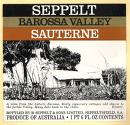
Showplace of Industry
After he had built a dairy for his wife to make butter and cheese, Joseph planted a small vineyard and a storage cellar. When Joseph Seppelt died at the age of 55, his son Benno carried on his father's work and by the time he had retired in 1916, the Seppeltsfield winery and distillery had become a magnificent showplace -- it has been ever since.
Others were to follow Seppelt's example. In 1847 Samuel Smith left his brewing in Dorsetshire and came to work in George Fife Angas's orchards. However, after his day's work was done, Smith plant vine cuttings in the 30 acres of land he had bought from Angas.
The Aboriginal word for all the country around was Yalumba, so Samuel Smith adopted it as his own. Smith was to experience hard times. He went off to the gold fields in Victoria, leaving his wife to tend the vineyards but finally struck enough gold to buy another 80 acres from Angas on his return to the Barossa Valley.
More information
- Yalumba - Samuel Smith
Yalumba was founded in 1849 by Englishman, Samuel Smith, who only two years earlier had said goodbye to his home in Wareham, Dorset to sail for Australia. ...
The Pioneering 1840s
The 1840s were the formative years of wine-making in South Australia. Most of the families that came in that decade stayed - and their pioneer faces can be seen now in stiff, faded daguerreotypes hanging on the office and living room walls of their descendants. The vineyards of the State have never looked back from those days. Prosperity was achieved through hard work and phylloxera had been kept out by strict quarantine measures which are still rigidly applied to this day.
Another pioneer who made his home in the Barossa Valley during the formative years was William Salter from Exeter, who landed in Adelaide in December 1838. He took up a quantity of land and after trying cattle, sheep and copper mining, Walter, together with his son Edward, planted 10 acres of the property with shiraz vines. Edward visited Victoria and New South Wales in order to sell the family's Saltram wines and markets were even found in New Zealand and London.
Other important pioneers of this early period included Samuel Hoffman, who took up land by the Para River near Tanundra in 1848, and George Pitches Manning, who planted a vineyard of 30 acres and built a winery at Hope Farm where he made his famous 'port' from shiraz and cabernet sauvignon grapes.
Wine books
The Jesuits and Sevenhill
One of the earliest winemakers in the Clare Valley were the Jesuit Fathers who arrived from the Austrian Tyrol region in 1848. Father Aloysius Kranewitter accompanied Franz Weikert and a group of 160 Catholics who sailed in the Albert from Hamburg on 15 August 1848 and arrived on 8 December that same year.
Land had been purchased for the Jesuits by a Bavarian Mission Society, who paid £2 an acre for a parcel of 600 acres which they named Sevenhill because they felt it resembled the seven hills of Rome. The church of St. Aloysius was constructed, and a small vineyard planted by Sevenhill's first winemaker, Brother Schneider, in order to make sacramental wine.
Since 1854, once sufficient of that wine has been vintaged, the remaining grapes have been crushed and fermented into a full-bodied dry red wine which is sold to meet the costs of running St. Aloysius College for boys.
Other notable names in those early years of the State's vineyards include Osmond Gilles who planted the Glen Osmond vineyard in 1856, Henry Septimus Clark who introduced the first vines at Stonyfell, Frank Potts, the founder of Bleasdale Vineyards and Patrick Auld who selected Magill land for wine-making two years before Doctor Penfold embarked from England.
More information
- Sevenhill
Sevenhill Cellars, the oldest winery in South Australia's Clare Valley.
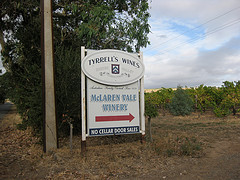
The Hardy's of McLaren Vale
Devonshire and Somerset seems to have been a happy hunting ground for the Colonial Land and Immigration Commissioners to recruit immigrants for the colony of South Australia during its formative years.
Devonshire farmer Thomas Hardy arrived on the barque British Empire on 14 August 1850. After trying his luck at farming and supplying cattle to the butchers on the Victorian goldfields, Hardy bought some land by the Torrens River and called his homestead Bankside. Shiraz and grenache grapes were planted and by 1858 production was such that Hardy was shipping his produce to London. By 1863 Thomas Hardy was making 1,500 gallons of wine a year, when the total yield of South Australia was 312,000 gallons.
When the Tintara Vineyards at McLaren Vale went bankrupt in 1873, Hardy bought the property with money he made from the sale of the company's stock of wine. By 1895 Thomas Hardy's firm had become the largest South Australian wine producing company and it is still one of the largest.
Other family names that are synonymous with South Australia's wine production in the 19th century include Henschke, Wilkinson, Buring, Sobels, Tolley and Angove.
More information
- McLaren Vale Shiraz
McLaren Vale - the picturesque region of orchards, pastures, settlers cottages by tall gum trees and rows of spreading vines is linked to names such as John Reynell and Thomas Hardy who helped put Australia on the map as a great winemaking country. - South Australia Wine Attractions Vineyards Estates
South Australia Vineyards, wineries, winebreweries, cellars, liquor direct retailers.
Photo credits
Photo of Adelaide at sunset by komshiki.
Photo of wine barrels by ray96blade.
Photo of The Barossa Valley by MM_Andamon.
Photo of McLaren Vale sign by Shanan Greenhough.
